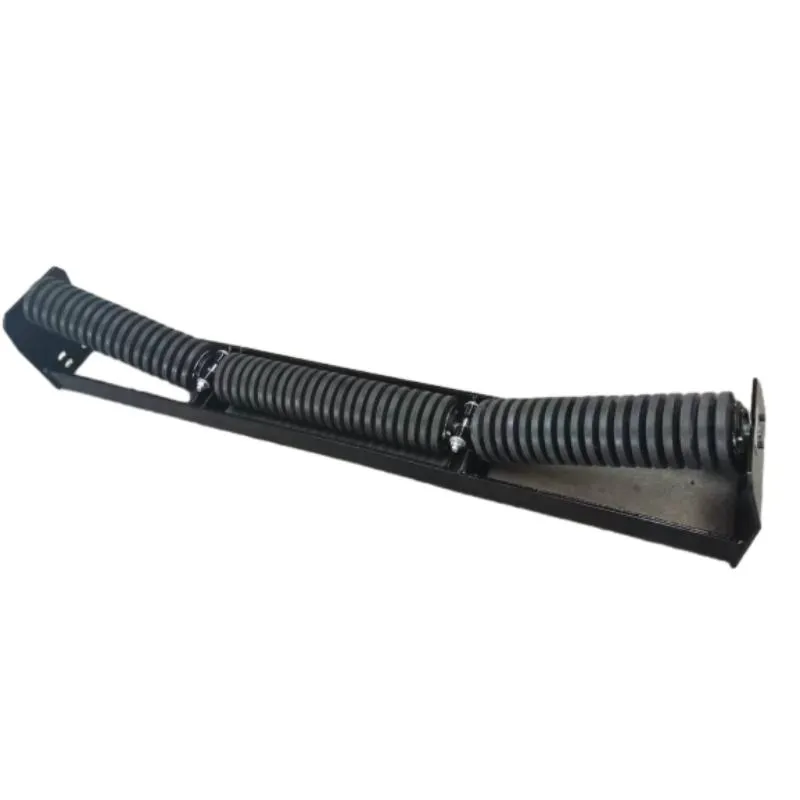 Afrikaans
Afrikaans  Albanian
Albanian  Amharic
Amharic  Arabic
Arabic  Armenian
Armenian  Azerbaijani
Azerbaijani  Basque
Basque  Belarusian
Belarusian  Bengali
Bengali  Bosnian
Bosnian  Bulgarian
Bulgarian  Catalan
Catalan  Cebuano
Cebuano  Corsican
Corsican  Croatian
Croatian  Czech
Czech  Danish
Danish  Dutch
Dutch  English
English  Esperanto
Esperanto  Estonian
Estonian  Finnish
Finnish  French
French  Frisian
Frisian  Galician
Galician  Georgian
Georgian  German
German  Greek
Greek  Gujarati
Gujarati  Haitian Creole
Haitian Creole  hausa
hausa  hawaiian
hawaiian  Hebrew
Hebrew  Hindi
Hindi  Miao
Miao  Hungarian
Hungarian  Icelandic
Icelandic  igbo
igbo  Indonesian
Indonesian  irish
irish  Italian
Italian  Japanese
Japanese  Javanese
Javanese  Kannada
Kannada  kazakh
kazakh  Khmer
Khmer  Rwandese
Rwandese  Korean
Korean  Kurdish
Kurdish  Kyrgyz
Kyrgyz  Lao
Lao  Latin
Latin  Latvian
Latvian  Lithuanian
Lithuanian  Luxembourgish
Luxembourgish  Macedonian
Macedonian  Malgashi
Malgashi  Malay
Malay  Malayalam
Malayalam  Maltese
Maltese  Maori
Maori  Marathi
Marathi  Mongolian
Mongolian  Myanmar
Myanmar  Nepali
Nepali  Norwegian
Norwegian  Norwegian
Norwegian  Occitan
Occitan  Pashto
Pashto  Persian
Persian  Polish
Polish  Portuguese
Portuguese  Punjabi
Punjabi  Romanian
Romanian  Russian
Russian  Samoan
Samoan  Scottish Gaelic
Scottish Gaelic  Serbian
Serbian  Sesotho
Sesotho  Shona
Shona  Sindhi
Sindhi  Sinhala
Sinhala  Slovak
Slovak  Slovenian
Slovenian  Somali
Somali  Spanish
Spanish  Sundanese
Sundanese  Swahili
Swahili  Swedish
Swedish  Tagalog
Tagalog  Tajik
Tajik  Tamil
Tamil  Tatar
Tatar  Telugu
Telugu  Thai
Thai  Turkish
Turkish  Turkmen
Turkmen  Ukrainian
Ukrainian  Urdu
Urdu  Uighur
Uighur  Uzbek
Uzbek  Vietnamese
Vietnamese  Welsh
Welsh  Bantu
Bantu  Yiddish
Yiddish  Yoruba
Yoruba  Zulu
Zulu head and tail pulley
Understanding Head and Tail Pulleys in Conveyor Systems
Conveyor systems play a vital role in various industries, facilitating the efficient movement of materials and products. Among the critical components of these systems are head and tail pulleys, which are essential for the proper functioning of belt conveyors. This article will explore the definition, functions, and significance of head and tail pulleys in conveyor systems.
Head pulleys, often referred to as drive pulleys, are located at the discharge end of a conveyor system. They are responsible for driving the conveyor belt forward, providing the necessary power to move materials along the length of the conveyor. The head pulley is usually coupled with a motor via a drive mechanism that can include belts, chains, or gears. The motor's rotation is transferred to the pulley, which in turn moves the belt and transports materials to their desired destination.
On the other hand, tail pulleys are found at the loading or input end of the conveyor system. Their primary role is to guide the conveyor belt and maintain its tension. While the head pulley drives the belt, the tail pulley ensures that the belt remains aligned and does not slip off the conveyor system. It helps in returning the belt back to the starting point after it has completed its cycle of transporting materials. The design of the tail pulley is crucial, as it allows for a smooth transition of the belt from loading to discharge.
head and tail pulley

The selection of head and tail pulleys is essential for the overall efficiency and reliability of a conveyor system. Various factors must be considered, including the size of the pulley, the material from which it is made, and the intended load capacity. For heavy-duty applications, manufacturers may opt for pulleys made of steel or other durable materials that can withstand significant stress and wear.
Proper maintenance of head and tail pulleys is also critical to the longevity of a conveyor system. Regular inspections should be conducted to check for signs of wear, misalignment, or damage. Additionally, the bearings and seals associated with these pulleys should be lubricated as needed, and any debris blocking movement should be cleared away to prevent operational issues.
In conclusion, head and tail pulleys are fundamental components of conveyor systems that enable the efficient movement of materials in various industries. While head pulleys are responsible for driving the belt and discharging materials, tail pulleys play a crucial role in maintaining belt tension and alignment. Understanding the functions, selection criteria, and maintenance requirements of these pulleys can significantly enhance the efficiency and reliability of any conveyor operation. As industries continue to evolve, the pivotal role of head and tail pulleys in optimizing material handling operations will remain indispensable.
-
Revolutionizing Conveyor Reliability with Advanced Rubber Lagging PulleysNewsJul.22,2025
-
Powering Precision and Durability with Expert Manufacturers of Conveyor ComponentsNewsJul.22,2025
-
Optimizing Conveyor Systems with Advanced Conveyor AccessoriesNewsJul.22,2025
-
Maximize Conveyor Efficiency with Quality Conveyor Idler PulleysNewsJul.22,2025
-
Future-Proof Your Conveyor System with High-Performance Polyurethane RollerNewsJul.22,2025
-
Driving Efficiency Forward with Quality Idlers and RollersNewsJul.22,2025





























